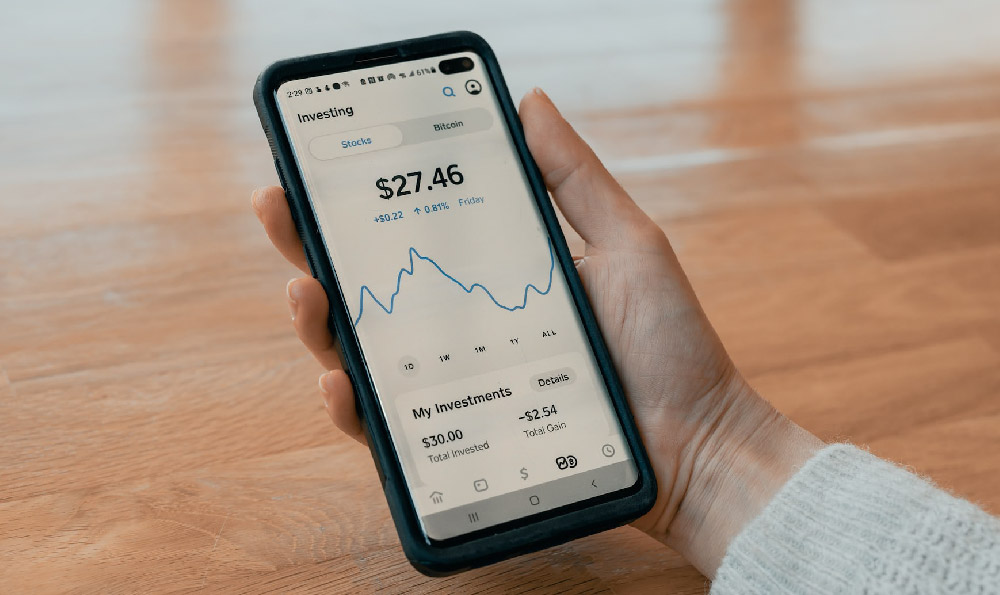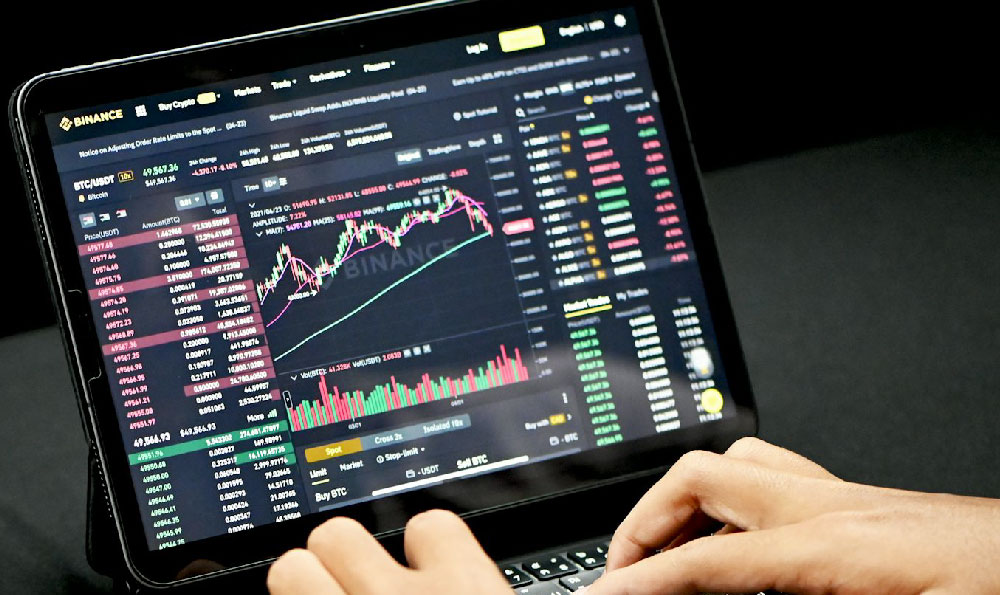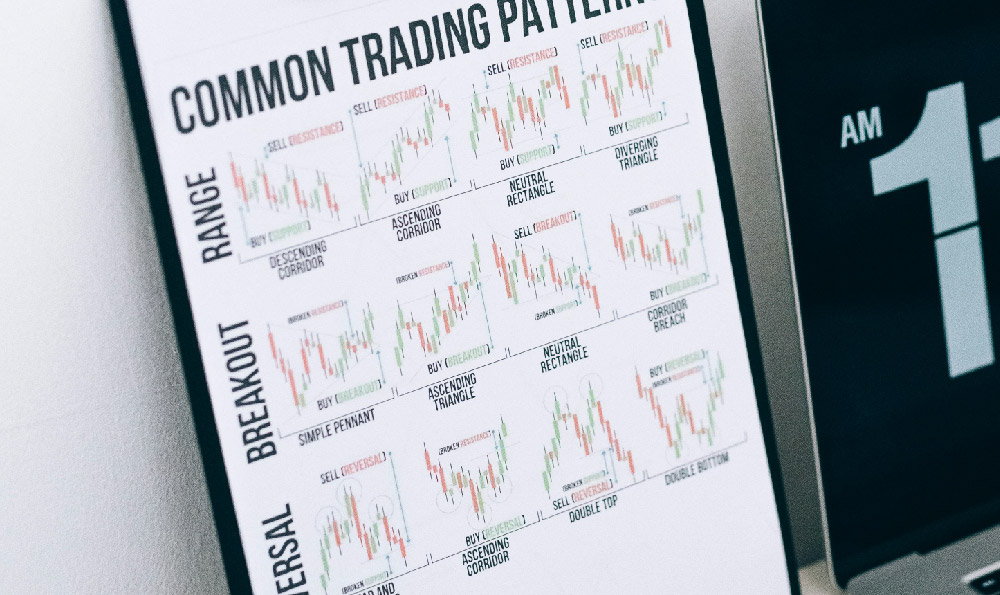The allure of passive income streams often leads individuals to explore various business ventures, and vending machines frequently surface as a seemingly straightforward option. While the concept of placing a machine, stocking it, and collecting revenue seems simple, understanding the earning potential and profitability of vending machines requires a deeper dive into the associated costs, operational factors, and market dynamics. The answer to how much a vending machine can earn is rarely a simple number and is heavily dependent on a confluence of variables.
Location, without a doubt, is the single most critical determinant of a vending machine's success. High-traffic areas, such as office buildings, schools, hospitals, factories, and transportation hubs, naturally offer greater exposure and potential sales volume. However, securing a prime location often comes with higher rental fees. It's crucial to conduct thorough research on foot traffic, demographics, and existing competition before committing to a specific location. A vending machine placed in a bustling downtown office tower will invariably outperform one situated in a sparsely populated suburban area. Consider also the accessibility of the location. Is it easily accessible during peak hours? Is there adequate parking? These factors subtly yet significantly impact customer convenience and, consequently, sales. Negotiating favorable lease terms with property owners is paramount to maximizing profitability.
The type of vending machine and the products it offers are equally important considerations. A standard snack and soda machine caters to a broad audience and enjoys relatively consistent demand. However, specialized vending machines, such as those dispensing healthy snacks, gourmet coffee, or even electronic accessories, can command higher prices and cater to niche markets. The choice of products should align with the demographics and needs of the target audience. For instance, a vending machine located near a gym might prioritize protein bars and sports drinks, while one in a hospital might focus on healthier snack options and beverages. The quality and freshness of the products also play a significant role in customer satisfaction and repeat purchases. Regularly monitor product expiration dates and rotate stock to ensure that customers consistently receive fresh, appealing items. Furthermore, consider incorporating seasonal items or promotional offers to stimulate sales and maintain customer interest.

The initial investment in vending machines can vary significantly depending on the type, size, and features. Used machines can offer a more affordable entry point, but they may require more frequent maintenance and repairs. New machines, while more expensive upfront, typically come with warranties and offer greater reliability. Beyond the cost of the machine itself, factor in expenses for installation, permits, and initial inventory. Ongoing operational costs include the cost of goods sold, restocking labor, maintenance and repairs, electricity, and rental fees. Efficient inventory management is essential to minimize waste and maximize profitability. Track sales data to identify popular items and adjust inventory levels accordingly. Implement a restocking schedule that balances product availability with labor costs. Regularly inspect machines for malfunctions and address any issues promptly to prevent downtime and lost revenue.
Pricing strategies are crucial for optimizing revenue. While it's tempting to set prices high to maximize profit margins, doing so can deter customers and drive them to competitors. Conduct market research to determine the prevailing prices for similar products in the area. Consider offering competitive pricing while maintaining a reasonable profit margin. Implement dynamic pricing strategies, such as offering discounts during off-peak hours or bundling products to incentivize larger purchases. Accepting various payment methods, including cash, credit cards, and mobile payments, can significantly increase sales. Many modern vending machines are equipped with cashless payment systems, which cater to the growing preference for digital transactions.
Beyond the core operational aspects, consider incorporating technology to enhance the customer experience and improve efficiency. Remote monitoring systems can provide real-time data on sales, inventory levels, and machine performance. This allows for proactive maintenance and restocking, minimizing downtime and maximizing revenue. Loyalty programs and mobile apps can incentivize repeat purchases and foster customer loyalty. Data analytics can provide valuable insights into customer preferences and buying patterns, enabling you to optimize product offerings and pricing strategies.
The potential for vandalism and theft is a persistent concern in the vending machine business. Investing in security measures, such as surveillance cameras and reinforced cabinets, can help deter criminal activity. Secure locations with adequate lighting and visible security personnel are less likely to be targeted by vandals. Regularly inspect machines for signs of damage and address any issues promptly.
Ultimately, the profit potential of vending machines is not a guaranteed windfall but rather a function of diligent planning, effective execution, and continuous monitoring. Success hinges on securing prime locations, offering desirable products, implementing efficient operational practices, and adapting to changing market dynamics. While some owners might see a few hundred dollars in profit per machine per month, those with strategically placed machines, optimized product offerings, and a sharp focus on cost management can realistically achieve significantly higher earnings. Treat it like any other business; thorough research, ongoing analysis, and a commitment to providing value to customers are essential for long-term success. Remember that a vending machine is not a purely passive investment; it requires active management to realize its full earning potential.












